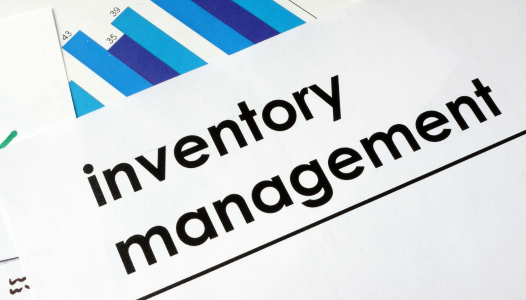Managing inventory levels effectively is crucial for the success of any business. Whether you’re a retailer, wholesaler, or manufacturer, maintaining the right inventory levels can help you reduce costs, improve cash flow, and ensure happy customers.
Let’s explore some practical strategies to help you manage your inventory more efficiently.
Accurately Forecast Demand Accurately
One of the first steps in inventory management is to forecast demand accurately.
By analysing historical sales data, market trends, and seasonal variations, you can predict future demand for your products more effectively. Consider using inventory management software to automate this process and make more accurate predictions.
Set Reorder Points
Setting reorder points helps you avoid stockouts and ensure that you have enough inventory on hand to meet customer demand.
Determine the minimum quantity of each product you need to maintain based on lead times, sales velocity, and safety stock levels. When inventory levels reach the reorder point, it triggers a reorder to replenish stock before it runs out.
Implement Just-in-Time (JIT) Inventory
Just-in-Time (JIT) inventory management involves receiving goods only as they are needed in the production process or for customer orders.
This approach minimises holding costs and reduces the risk of excess inventory. However, it requires close coordination with suppliers and efficient logistics to ensure timely delivery of goods.
Monitor Stock Levels Regularly
Regularly monitoring stock levels is essential to identify trends, detect potential issues, and make informed decisions.
Use inventory management software to track stock levels in real time, set up alerts for low-stock items, and conduct regular stock counts to reconcile your actual inventory with recorded quantities.
Analyse Sales Patterns and Seasonal Trends
Understanding sales patterns and seasonal trends can help you adjust inventory levels to ensure you never run out of stock.
Analyse your sales data to identify peak seasons, promotional periods, and slow-moving products. By stocking up on popular items before peak periods and reducing inventory of slow-moving items during off-peak times, you can optimise inventory levels and maximise sales opportunities.
Utilise Technology for Inventory Management
Investing in tech like barcode scanners, RFID tags, and inventory management software can vastly streamline your inventory processes and improve accuracy.
These tools enable you to track inventory movements, monitor stock levels in real time, and automate tasks like stock replenishment and order fulfilment.
Integrating your inventory management system with your ICT Provider can also facilitate seamless communication and data access from anywhere. This ensures efficient inventory management even on the go.
Build Strong Relationships with Suppliers
Maintaining strong relationships with suppliers is crucial for ensuring reliable supply chains and timely deliveries.
Communicate regularly with your suppliers, provide them with accurate forecasts and demand projections, and make sure you keep the relationship positive.
Conclusion
Effective inventory management is essential for optimising business performance and staying competitive. When you get inventory management right, other essential business tasks, like cash flow management, all become a lot easier to manage too.
Follow the processes above and continually work on refining the way you deal with inventory. This is a vital area of any business’s operations.

